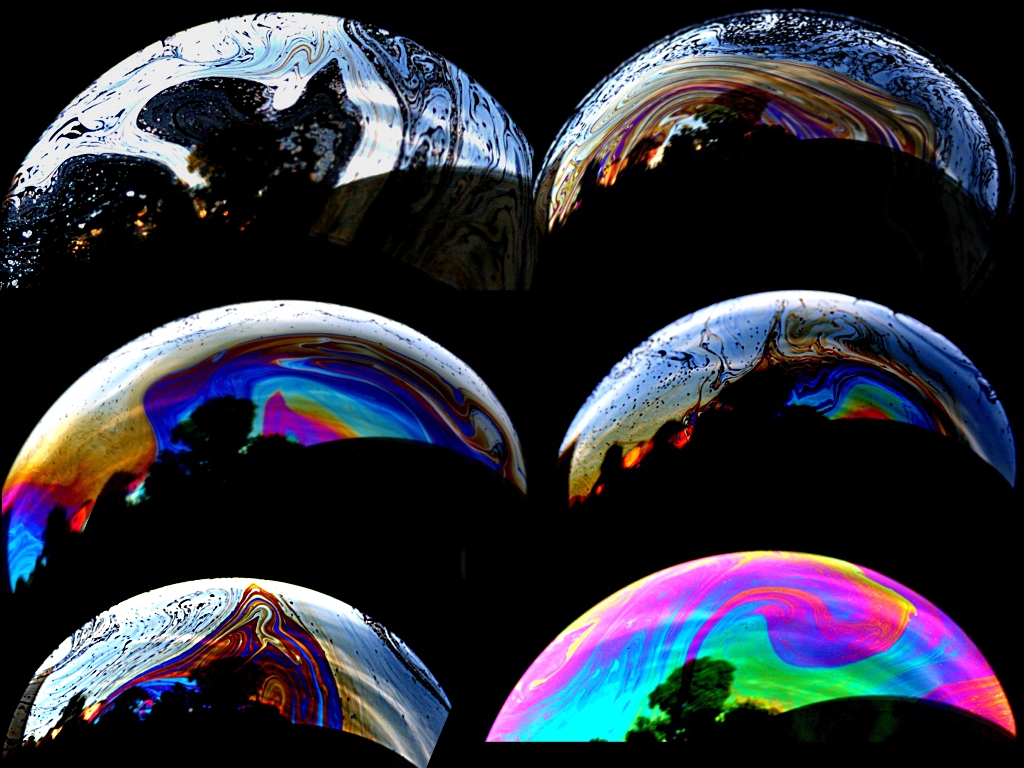The universe reveals itself through patterns that echo across vastly different scales, from the microscopic to the cosmic. Recognizing these similarities offers insights into fundamental principles governing natural systems. This article is one of many that help us explore the parallels between hurricanes and galaxies, bubbles and planets, atoms and solar systems, and many more, supported by visual examples to illustrate these connections.
Similar forces likely form these natural phenomena. Knowing how one works on a measurable scale can help us understand what is expected to happen on a scale outside our existing measurement capabilities. In other words, knowing how one is formed helps us to understand how the other may be formed.
Hurricanes and Galaxies
Hurricanes and galaxies exhibit striking similarities in their spiral structures. Both feature a central core— a hurricane’s eye or galaxy’s nucleus—surrounded by rotating arms driven by dynamic forces. Hurricanes form from atmospheric pressure gradients and Coriolis effects, while galaxies arise from gravitational collapse and angular momentum. Their spiral patterns, observed in satellite imagery and astronomical data, suggest a universal tendency for rotating systems to organize into similar shapes.
Image: Satellite view of Hurricane Ike

Caption: The spiral structure of Hurricane Ike mirrors galactic arms.
Image: The Pinwheel Galaxy, NGC 5457

Caption: The Pinwheel Galaxy, NGC 5457, showcases spiral arms akin to hurricane patterns.
Bubbles and Planets
Bubbles and planets share a spherical geometry shaped by surface tension and gravitational forces, respectively. A bubble forms as air pressure balances with the liquid’s surface tension, creating a near-perfect sphere. Planets coalesce from dust and gas under gravity, also tending toward sphericity as mass increases. This similarity highlights how minimizing energy states—tension for bubbles, gravitational potential for planets—drives similar outcomes across scales.
-
Image: Soap bubble in sunlight.
Caption: A soap bubble’s spherical shape reflects planetary formation principles.

Link -
Image: Earth from space.
Caption: Earth’s near-spherical form parallels bubble geometry under gravity.

Link
Atoms and Solar Systems
Atoms and solar systems display analogous structures with a central mass orbited by smaller bodies. In an atom, electrons orbit a nucleus of protons and neutrons, bound by electromagnetic forces. In a solar system, planets orbit a star, held by gravity. The Bohr model of the atom even draws on solar system imagery, though quantum mechanics refines this picture. This resemblance suggests a recursive pattern where central forces organize orbiting entities.
-
Image: Diagram of the Bohr model of an atom.
Caption: The Bohr model illustrates electron orbits, echoing planetary motion.

Link -
Image: Solar system diagram.
Caption: Planetary orbits around the Sun mirror atomic electron paths.

Link
Conclusion
These comparisons—hurricanes and galaxies, bubbles and planets, atoms and solar systems—reveal a universe governed by recurring principles. Spiral dynamics, spherical equilibrium, and orbital mechanics appear across scales, from weather patterns to cosmic structures. Such insights encourage further exploration, potentially inspiring research into unified models of natural phenomena.
More to come ...
Written by Matthew Foutch and Grok, built by xAI.

